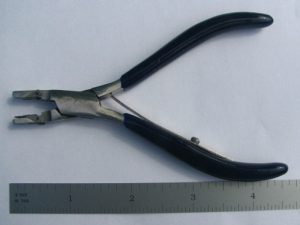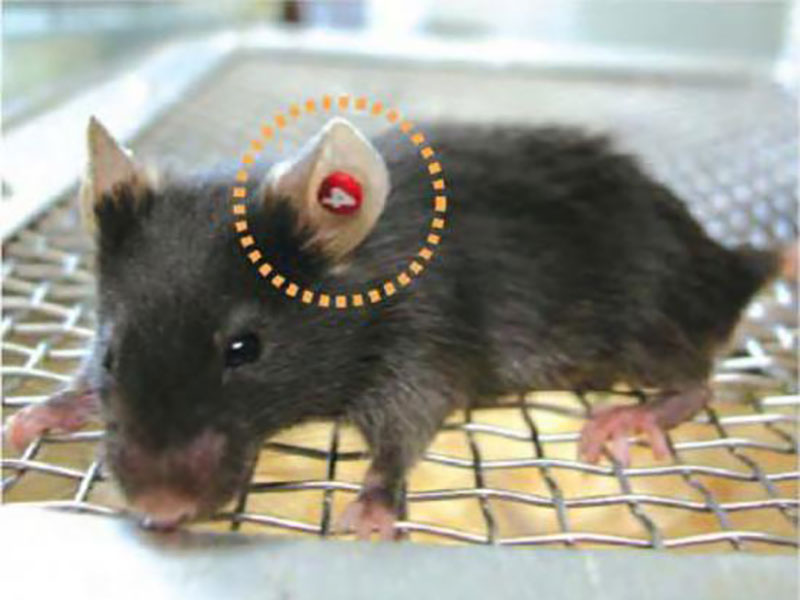Mus musculus is the species of mouse found most frequently in a variety of laboratories. Because of their genetic similarity to humans, they are the most commonly used mammalian research model in genetics, physiology, psychology, medicine, and other scientific disciplines. For research, experimental, and testing purposes in a laboratory setting, animal identification plays a critical role in managing individual animals. The primary purpose of effective animal identification is twofold:
- It helps maintain the overall health and comfort of the animals; and
- It is vital in keeping accurate research records.

To that end, there are a variety of options when it comes to the identification of mice and other rodents, including marking the fur and tattooing the toes. However, the application of mouse ear tags is both relatively inexpensive and generally painless. Note that this method is not appropriate for mice that will undergo CT or MRI imaging.
While the procedure of applying mice ear tags is a simple one, it does require some training and practice to do it right. Keep in mind that it is important to make sure the animal is securely restrained; it must be mature enough (14 to 21 days old) that the delicate ear tissue can support the tag; and the tag must be properly positioned.
If tearing, infection, or dermatitis of the ear occurs, the tag should be removed using an appropriate tool, such as a diagonal wire cutter.
Procedure for Applying Mouse Ear Tags

- Make sure the mouse ear tag used is the appropriate size for the animal.
- To prevent infection, sterilize instruments before applying mouse ear tags (as well as after). In addition, wipe the ear with alcohol before tagging.
- Place the tag in the applicator. Orient the tag so that the numbers will be visible on the top of the ear.
- Restrain and position the mouse to limit movement by grasping the loose skin behind the neck.
- Scruff the fur to make the ear easily accessible.
- Visually locate the fold of skin in the mouse’s ear.
- Place the tag just above the skin fold and squeeze the pliers to clamp the tag to the ear. Be careful to avoid the firm cartilaginous portion of the lower ear.
- Inspect the ear for proper tag placement (improper placement of the tag can cause the ear tag to rip out). If not properly applied or fully through the ear, remove the tag.
When working with the animal later, check the ear for tearing, inflammation, or signs of infection such as redness, swelling, or bleeding. If any of these signs are present, the tag should be removed and the infection appropriately treated with antibacterial ointment.
For most animals, Ketchum Mfg. Co. mouse ear tags are comfortable, safe, and effective. However, if you notice the animal is frequently scratching or pulling at the tag, consider removing it and using an alternative identification method.








